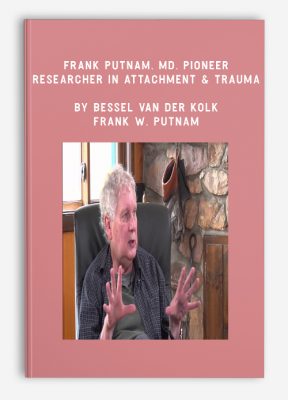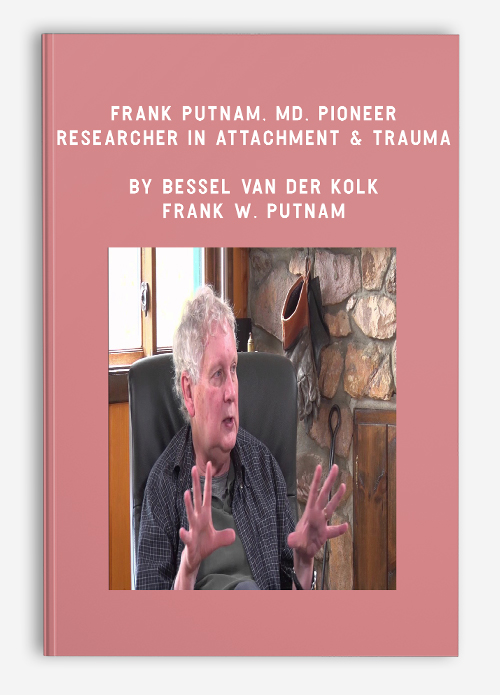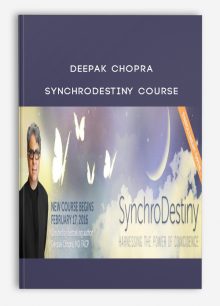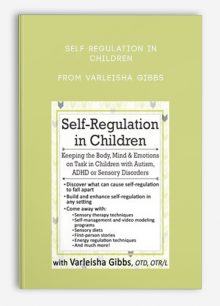Frank Putnam, MD, Pioneer & Researcher in Attachment & Trauma by Bessel Van der Kolk & Frank W. Putnam
$69.99 $20.00

Frank Putnam, MD, Pioneer & Researcher in Attachment & Trauma by Bessel Van der Kolk & Frank W. Putnam
**More information:
Get Frank Putnam, MD, Pioneer & Researcher in Attachment & Trauma at Salaedu.com
Description
Recently I was fortunate to engage in a personal interview with my colleague and pioneering researcher, Frank Putnam, MD, who is without question one of the world’s foremost scientists in the field of trauma, dissociation and attachment.
His remarkable research reveals findings that are of significant relevance to trauma treatment today. And in this video interview, you’ll hear first-hand about his dutiful and passionate studies on sexual abuse, transgenerational trauma, and dissociation and multiple personality disorders (DID).
As Frank describes the arc of his discoveries from one intervention project to the next, and our conversation moves from one question to another, you’ll gain an understanding of the impact of trauma on the mind and brain that will immediately inform your trauma treatment.
I invite you to delve into this journey with me to learn of this man’s important work, impact and contributions to the field.
Bessel van der Kolk
February 2017
Attachment and States of Change: Trauma Clients from Childhood to Adulthood
- Bessel van der Kolk, MD introduces Frank Putnam, MD author of The Way We Are: How States of Mind Influence our Identities, Personality and Potential for Change
- Dr. Putnam’s early work and studies in rapid-cycling Bipolar and Dissociative Identity Disorder.
- Physiology of DID
- State Changes – the transitioning point between the state changes we make as children and adolescents
- Attachment and attunement as children
- 4-generation longitudinal study conclusions of abused and normal children
Early Disrupted Attachments
- Disorganized Attachment “Type D” as a pre-cursor of adulthood physiological and psychological illness
- The mother’s critical role: early patterns and intervening with a mother’s first child
Childhood Abuse: The Adolescent Female
- Cortisol levels
- FSH levels
- Biological versus behavioral aspects of trauma
- Attachment as generational and reverberational qualities
- The “Strange Man” study
Development and States of Change
- Multiple layering of states
- Moving in and out and transitions
- Stuck states or slippery states
Meta-Cognitive Function & Executive Function
- Functions of healthy attachment
- Validation: the critical need to “be seen”
- Genetics versus Trauma as effecting behavior
- Implications for Treatment
The Ohio Home Visit Program Study: Working with Children and Mothers
- 2,000+ families in the study
- Maternal depression
- Substance Abuse
- Domestic violence
- Help mothers with state change
- Games, mirroring
- Role for therapist
- Effectiveness of the study and public health
- PCIT: Parent/Child Interaction Therapy
Neuroplasticity
- Brain changes
- Hyper-arousal states “burn out” leaving shutting down
Inducing A State of Change
- Hypnosis – viable treatment that has fallen off the radar but still successful with trauma processing
- The stages of stabilization
- Intrusive states: not seen in PTSD alone
- ACE Study, addiction and maladaptive temporary solutions
- Basic training in the military: the classic state change success story
- Self-compassion: a required element of Mindfulness
Latest Research and Evidence for Drug-Induced State Change
- MDMA: PTSD and combat trauma, initial study results
- Psilocybin – Frank’s personal experience in a study
Language, Meaning and Context
- Creating a coherent narrative
- DSM III to DSM-5
- Developing the Dissociative Experience Scale (DES)
Dissociative Identity Disorder: Story of the Scientist and the Study
- The cyclical nature of studying trauma and dissociation of time
- Lack of literature
- Developing the longitudinal robust study
- The DES
Discussion on the Brain Functions
- Pre-frontal area
- Anterior cingulate
- Intrusive states
How do you help the client get out of the dissociated state?
- Decrease triggers
- Create safety
- Substitute other behaviors
- Self-monitoring: how to build that in the treatment
- How to build stronger meta-cognitive functioning
- Sensory integration: drumming, rhythm
Trans-generational Aspects of Trauma & Abuse
- The predatory personality
- Results of the longitudinal study over generations
- Bethany Brand’s (Towson University) online longitudinal study for client and clinician
- The importance of “telling the truth”
- Value of the histories the professional asks
- How far to dig into the specifics of the trauma
More information about Medical:
Medicine is the science and practice of establishing the diagnosis, prognosis, treatment, and prevention of disease.
Medicine encompasses a variety of health care practices evolved to maintain and restore health by the prevention and treatment of illness.
Contemporary medicine applies biomedical sciences, biomedical research, genetics, and medical technology to diagnose, treat, and prevent injury and disease,
typically through pharmaceuticals or surgery, but also through therapies as diverse as psychotherapy, external splints and traction, medical devices, biologics, and ionizing radiation, amongst others.
Medicine has been around for thousands of years, during most of which it was an art (an area of skill and knowledge) frequently having connections to the religious and
philosophical beliefs of local culture. For example, a medicine man would apply herbs and say prayers for healing, or an ancient philosopher and physician would apply bloodletting according to the theories of humorism.
In recent centuries, since the advent of modern science, most medicine has become a combination of art and science (both basic and applied, under the umbrella of medical science).
While stitching technique for sutures is an art learned through practice, the knowledge of what happens at the cellular and molecular level in the tissues being stitched arises through science.
1 review for Frank Putnam, MD, Pioneer & Researcher in Attachment & Trauma by Bessel Van der Kolk & Frank W. Putnam
Add a review Cancel reply
Related products
HEALTH - FITNESS - LIFESTYLE - MEDICAL
HEALTH - FITNESS - LIFESTYLE - MEDICAL
HEALTH - FITNESS - LIFESTYLE - MEDICAL
HEALTH - FITNESS - LIFESTYLE - MEDICAL
Fast Confidence [How To Be More Confident │Confidence Building] from Sharon Melnick, Ph.D.
HEALTH - FITNESS - LIFESTYLE - MEDICAL
HEALTH - FITNESS - LIFESTYLE - MEDICAL
HEALTH - FITNESS - LIFESTYLE - MEDICAL
Fitness Mentors – Audio Lectures, Practice Tests and Study Guide for the NASM CPT Ex
HEALTH - FITNESS - LIFESTYLE - MEDICAL





![Fast Confidence [How To Be More Confident │Confidence Building] from Sharon Melnick, Ph.D.](https://tradersoffer.forex/wp-content/uploads/2017/05/Sharon-Melnick-Ph.D.-Fast-Confidence-How-To-Be-More-Confident-│Confidence-Building-220x261.png)




Trevis Trevis –
Welcome to Sala Shop, we are here to provide everything to learn and improve this life…encourage you to check clearly the course